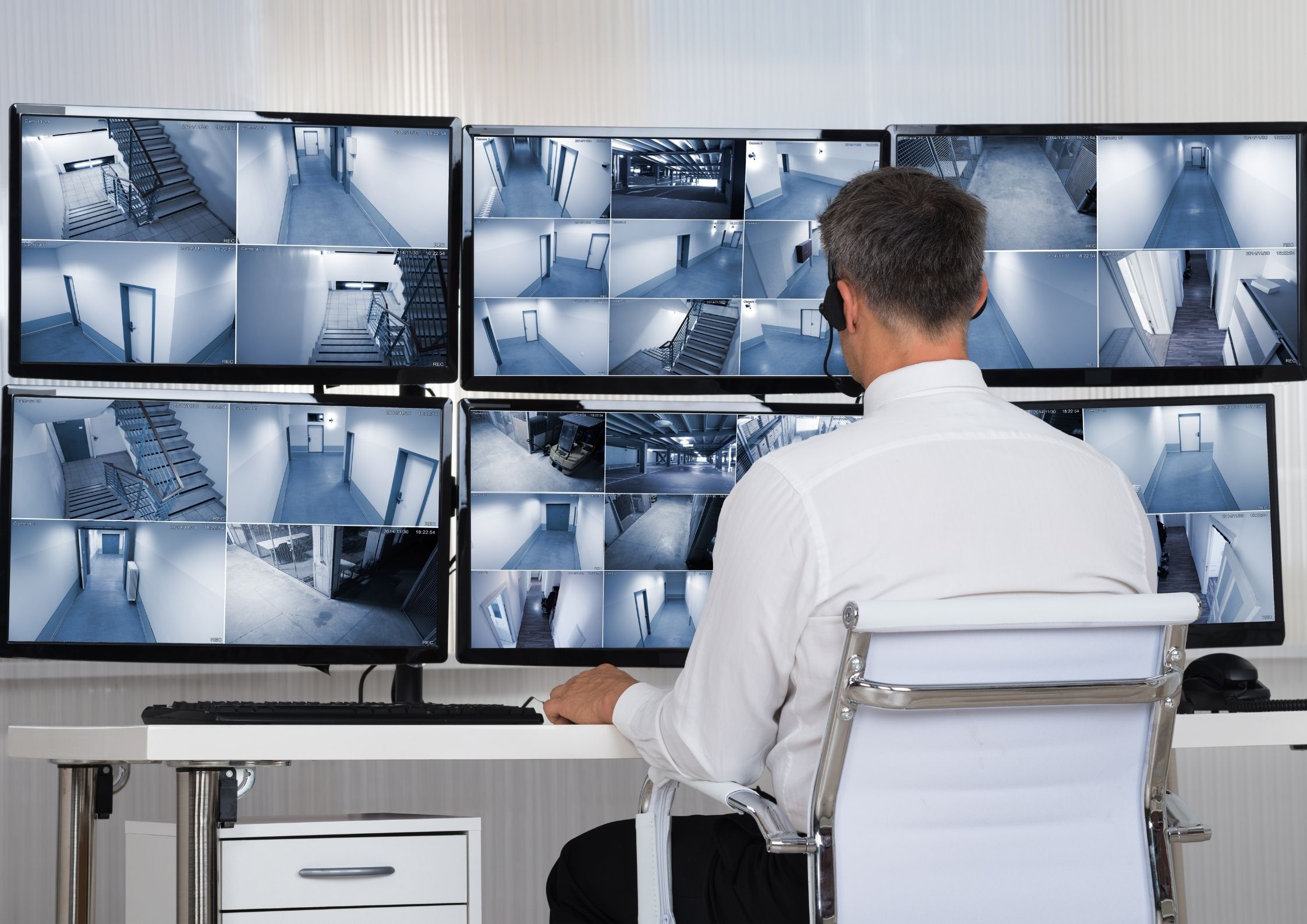
Maybe there are several companies that are confused about what things need to be considered before the company buys and installs CCTV. What's the matter? Look, there are a few things to pay attention to. Installing the most important CCTV camera is according to the needs of the company.

There are 5 things to consider when choosing CCTV in a Company
1. Camera Visibility
There are two options for the visibility of CCTV cameras, namely in the form of hidden cameras or cameras that are clearly visible. You must determine which type of camera best suits the purpose of installing CCTV in your area. This type of hidden CCTV camera has a small shape and sometimes resembles an ordinary object. With a hidden camera, you can keep an eye on a place with its natural activities because people are not aware of CCTV. As for CCTV cameras that are clearly visible, they are suitable if you aim to provide some kind of visual crime prevention. Cameras that are visible to the eye will make people feel monitored so they can minimize crime. You can choose a dome camera if you need a small camera whose direction of recording is not easy to read. PTZ cameras are for monitoring large areas and are able to follow specific subjects.
2. Camera Installation Location
Next you have to ensure the installation location of the CCTV camera, whether it will be installed indoors or outdoors. Most CCTV cameras can actually be used both indoors and outdoors. But it would be better if you choose a camera that is specifically designed for certain conditions. If the CCTV will be installed in a cold place, choose a camera that is made of durable material and has a built-in heating feature.
For outdoor cameras, you should add some kind of protective wire cage or housing for CCTV to avoid dust or animal droppings. For heavy industrial sites, rugged, vibration-resistant CCTV is the right choice. Meanwhile, indoor cameras are easier to find because they do not require features related to weather resistance or other environmental conditions.
3. Area to be Supervised
Determine the coverage area that will be monitored by CCTV by making a blueprint for the area of the room on each floor or the area of the outside yard. Through the blueprint you can also determine how many cameras are needed in each place. If the surveillance area is large enough, PTZ type CCTV cameras are the mainstay. PTZ has a wide field of view and can enlarge the image at a certain point with good quality. For small areas, use a static camera that doesn't move much but is already able to monitor objects.
4. Camera Resolution
The measurement results of the surveillance area can also be used to determine the required CCTV camera resolution.
For example, a very large factory room clearly requires a high-resolution camera so that the quality of the recording does not decrease even if it is enlarged. Then, a small place like a waiting room just needs a low resolution camera. That way, the use of CCTV is much more effective.
5. Lighting Conditions
Lighting is an important factor that should not be forgotten because each area must have different lighting conditions, not to mention the influence of the season. You should test each camera model to find out which one is best suited for the lighting in a particular area. In addition to day or night conditions, also pay attention to the reflection of light from the floor or glass which can dazzle the camera.
Fortunately, now there is light filtering technology, namely artificial illuminators or IR filters. This technology can be combined with CCTV to reduce or strengthen lighting so that it can be reached by camera sensors. That way, monitoring results remain clear in any lighting conditions.

 ENGLISH
ENGLISH INDONESIA
INDONESIA